 TECH
TECH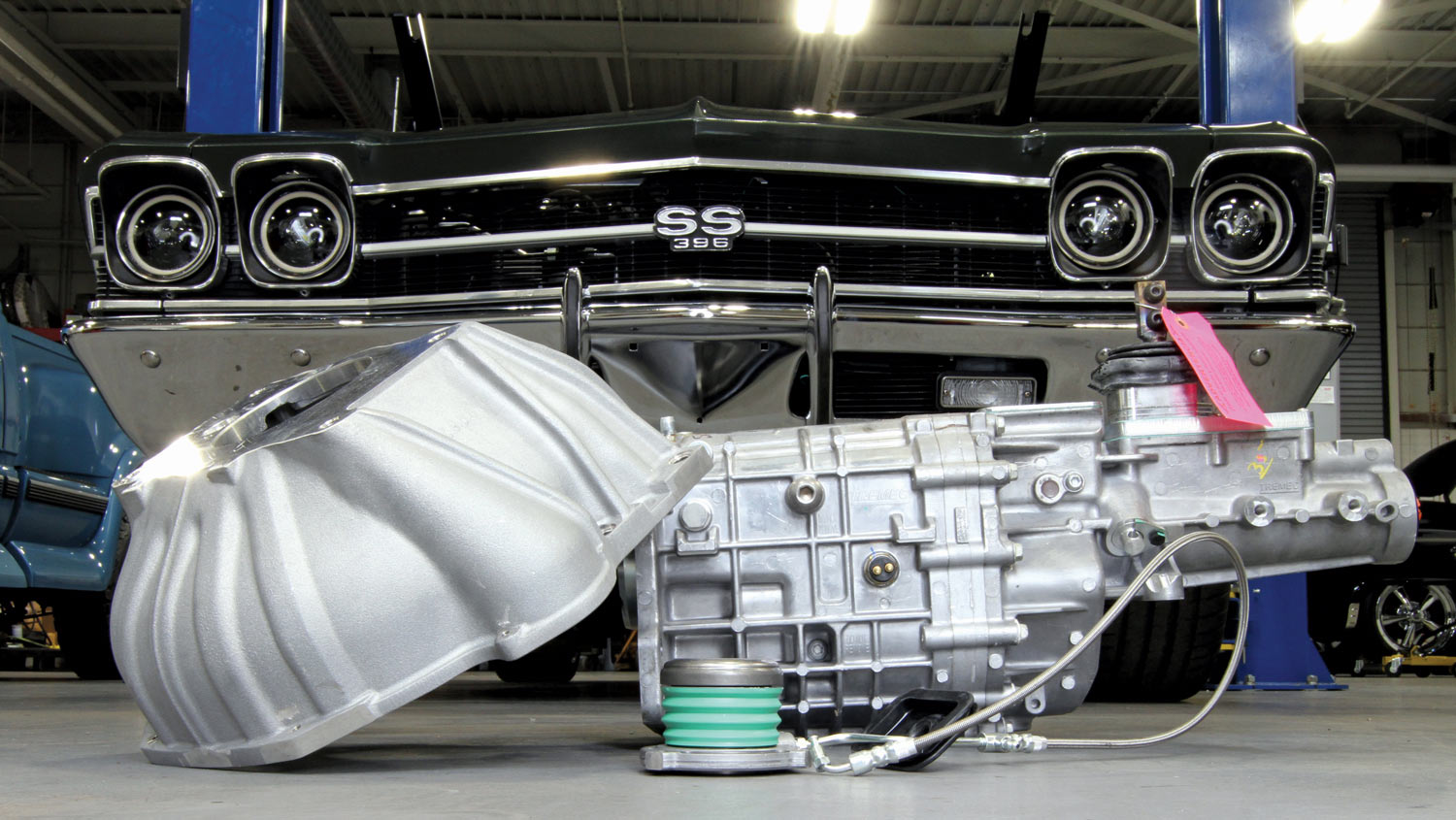
 Images by THE AUTHOR
Images by THE AUTHORfter years of overdrive-transmission swaps, we don’t need to waste words on extolling their highway-cruising virtues, but when it comes to adapting the popular TREMEC five- and six-speed transmissions, there have been compromises.
For five speeds, the TKO500 and TKO600 work well with old-school small-blocks but aren’t well-suited for the higher-revving capabilities of LS and LT engines. When it comes to six-speeds, there are basically two choices: the production-based T-56 and aftermarket-intended and T-56–based Magnum. Used T-56 units are getting scarce and for most vintage Chevys the shifter replacement typically requires modifying the trans tunnel. The relatively bulky Magnum also requires modifying the tunnel—and usually it’s to create room for the Magnum’s wide case and not just the shifter.
To address those fitment challenges, TREMEC introduced the TKX about four years ago. It’s a five-speed specifically designed for retrofit applications. It has a slimmer profile that slides into most vintage cars’ trans tunnels with little or no clearance issues. There are even specific versions for GM and Ford applications, with unique case patterns and inputs, along with integrated transmission mounts.
Even better, it was also developed to complement the higher-rpm capability of modern LS and LT engines, handling rev ranges of up to 7,500 rpm and matching that with 600 lb-ft of torque capacity. We recently followed the installation of TKX in a ’69 Chevelle at the Detroit-area shop Stellar Rod and Custom, but rather than an LS or LT the vintage A-body was powered by an EFI-fed big-block. The engine was also backed by an automatic transmission, adding another wrinkle to the project, as changes were required, including swapping the flexplate for a flywheel and adding a new pedal assembly that included a clutch pedal. Ironically, the shop had to cut into the transmission tunnel because there wasn’t a shifter hole in it.
“It was all pretty straightforward because apart from the shifter hole there were no other tunnel modifications required with the TKX,” Mike McKeehan, Stellar’s chief wrench-turner, says. “It slips into place very easily.”
An installation kit with the requisite bellhousing, pilot bearing, throwout bearing, slave cylinder, and so on, is also required. They’re offered from a number of companies, like Speedway Motors, but the one sourced for this project came from Silver Sport Transmission (SST), which included those swap parts in addition to the transmission and flywheel.
SST also supplied the pedal assembly, along with a reproduction transmission hump for the interior that matched what came on original manual-transmission models. And while a shifter was included with the transmission, the project car’s owner opted for a different aftermarket version.
“All the swap parts fit as intended,” McKeehan says. “Thankfully, there were no surprises or hang-ups with the installation.”
It’s not an exaggeration to say the slimmer profile of the TKX case makes installation easier, but the conversion from an automatic to a manual transmission required a bit of follow-up trimming after the initial measurements were made for the shifter hole. It was really nothing in the grand scheme of the entire swap. A lift made the project infinitely easier and while we know many a transmission has been swapped with just floor jacks, the details involved in converting from an automatic to a manual makes a lift all but a necessity.
We’ve outlined the basics of the project with this story, but it’s also worth noting the installation was performed on a car that was also undergoing additional significant upgrades, from the wiring system to the brakes and more. That meant a road test of the Chevelle with the TKX wasn’t immediately available.
Nevertheless, the project was surprisingly straightforward, and the new five-speed transmission slid into the A-body like an old shoe. And with inclusive swap kits going for typically less than $4,500, including the transmission itself, it’s a smart restomod upgrade to put your vintage Chevy in overdrive.
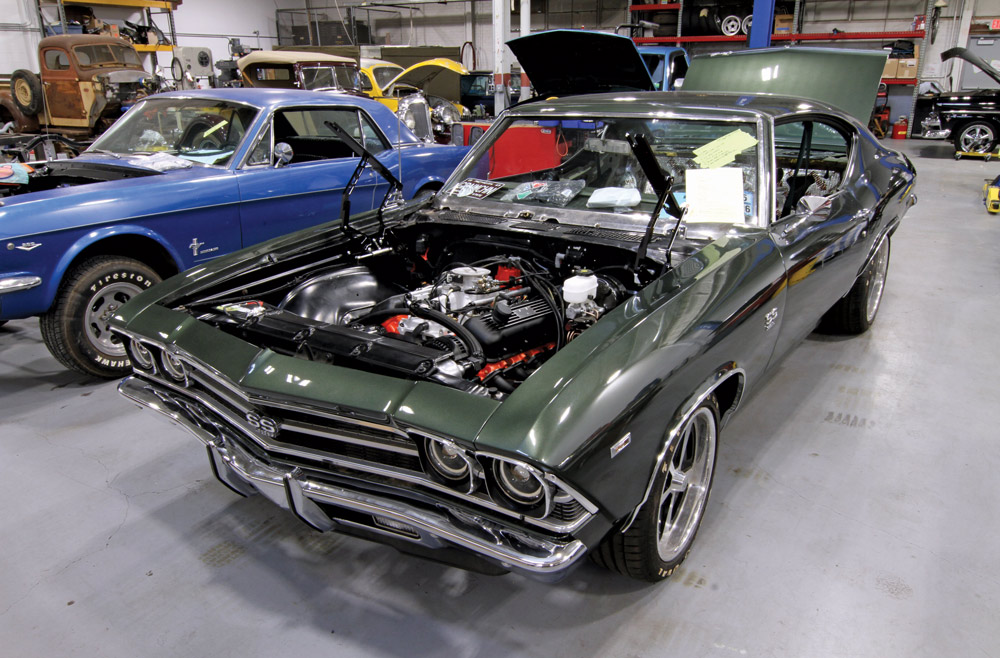
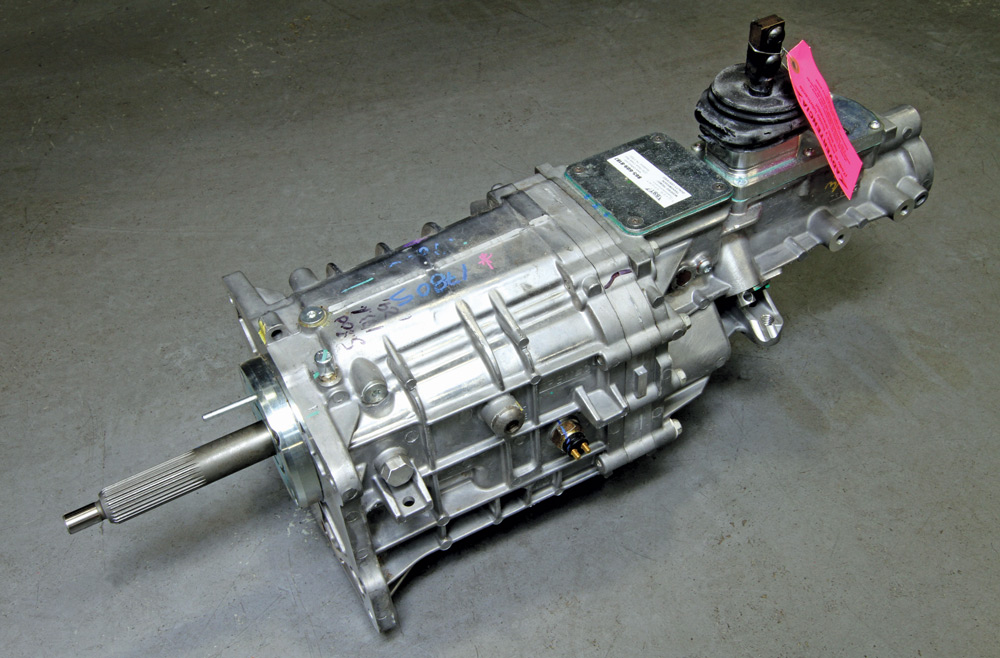
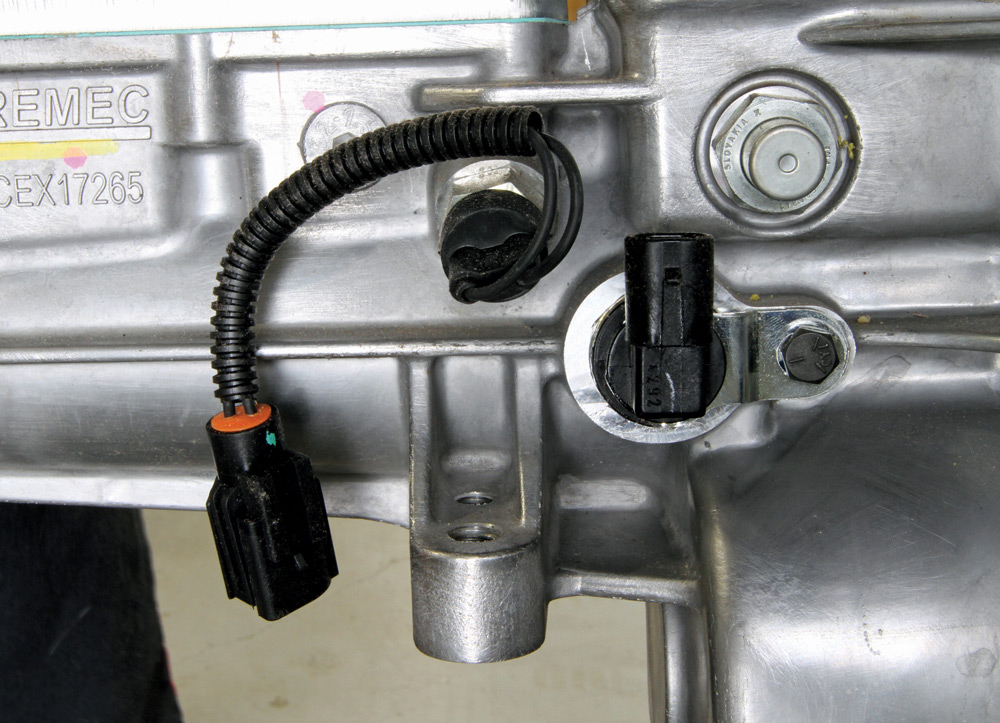

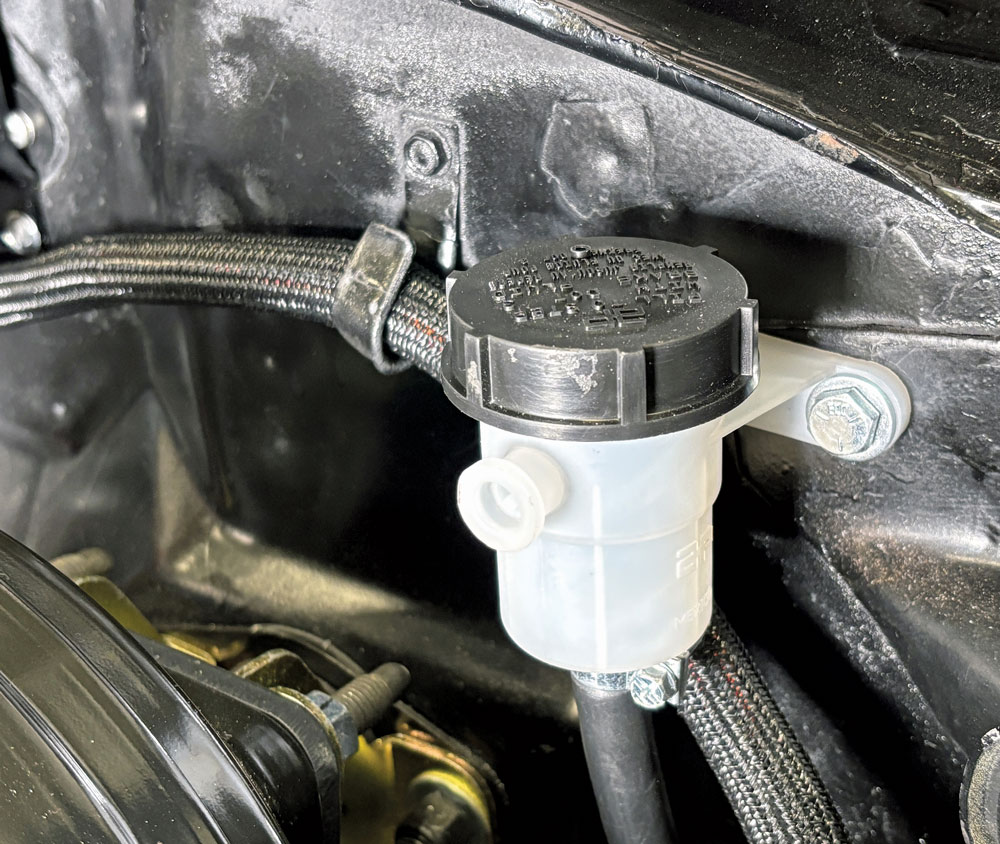
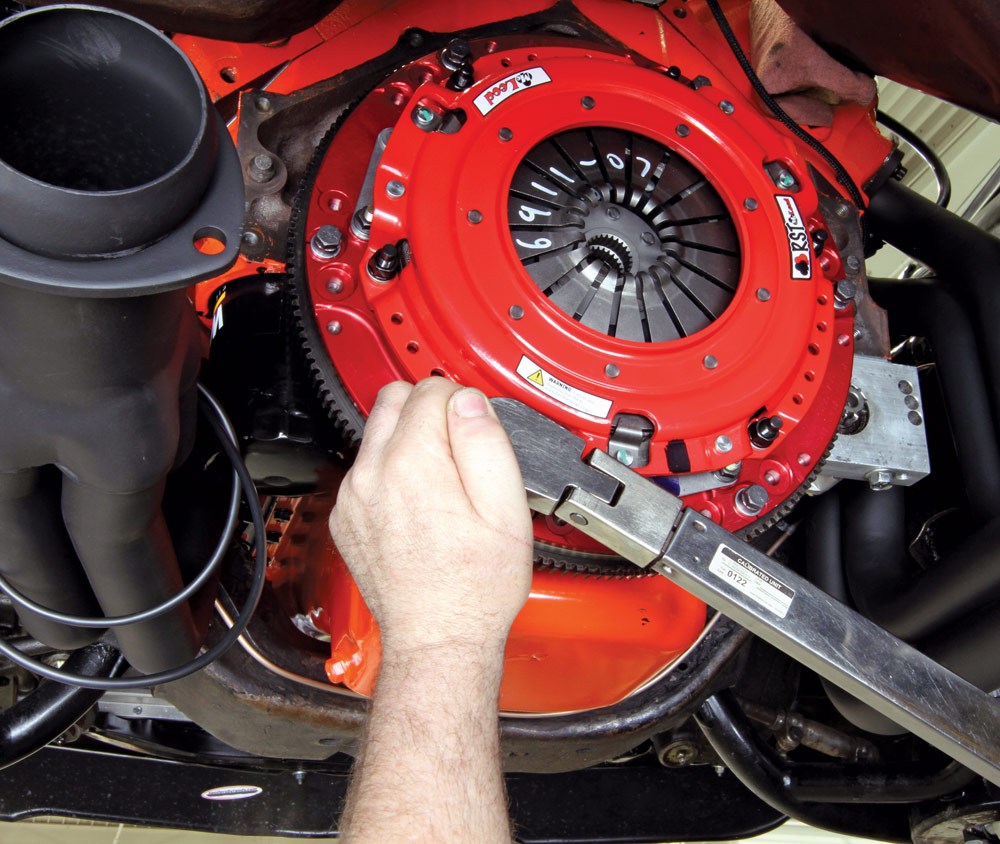
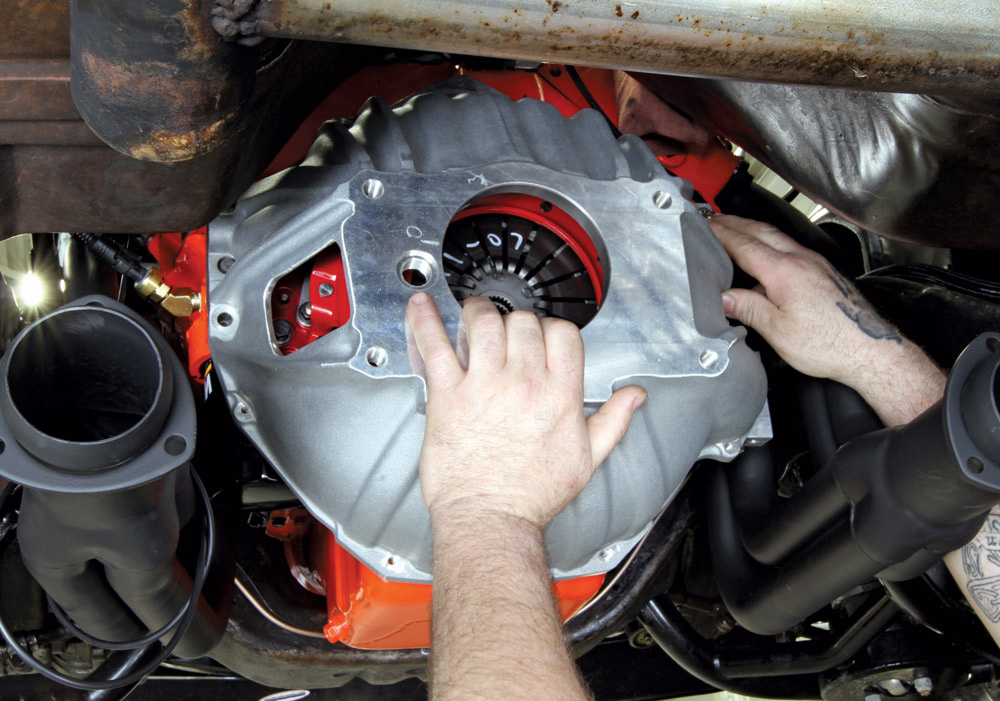
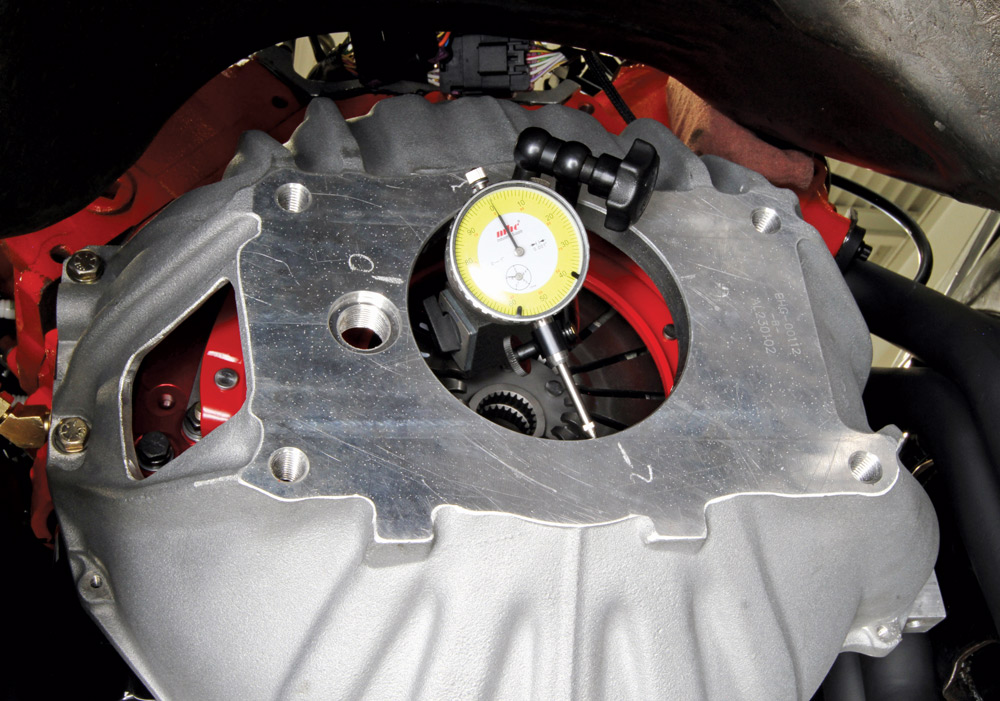

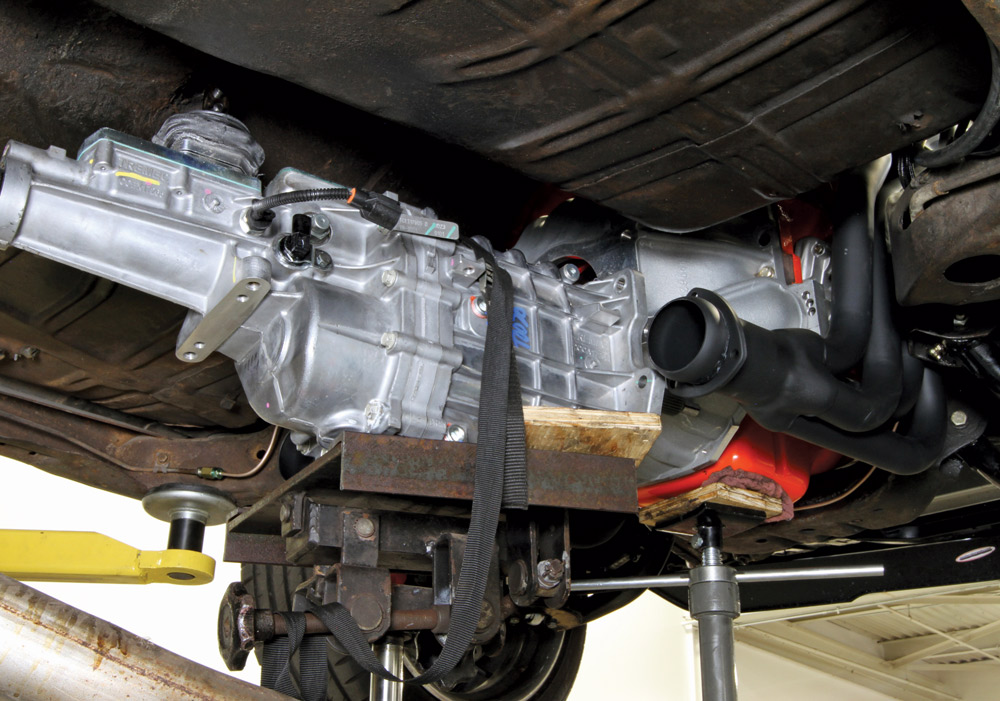
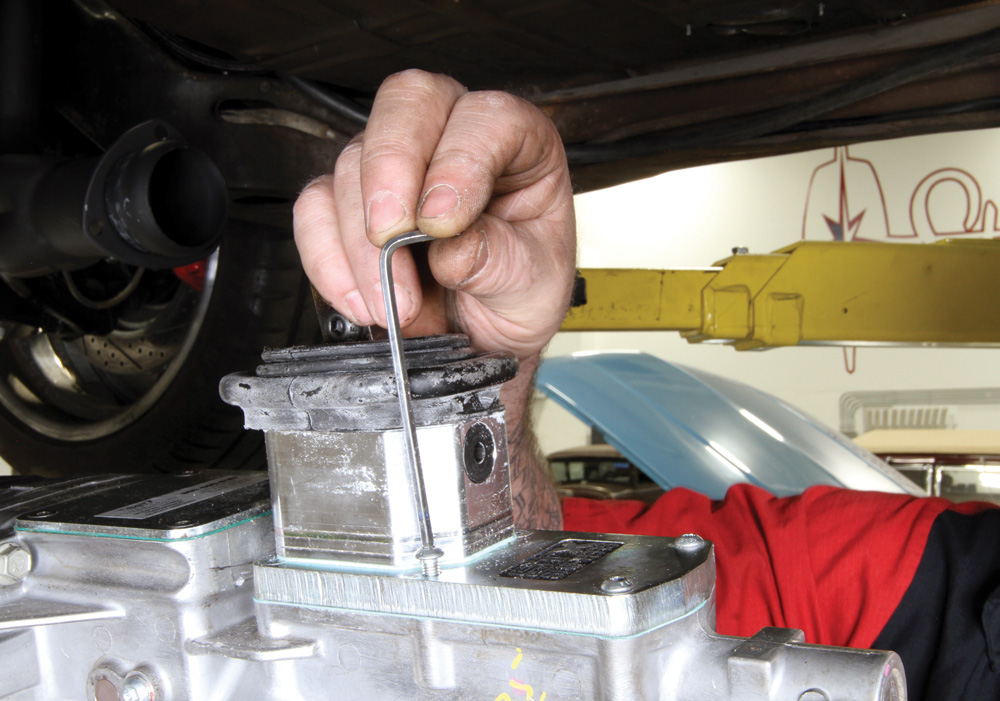
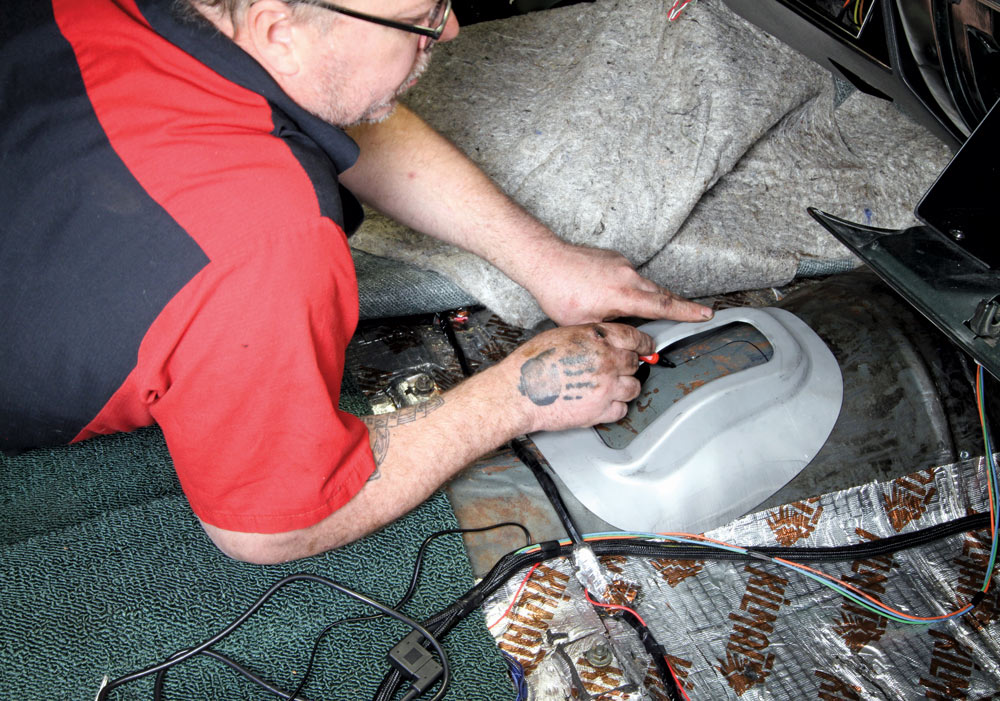

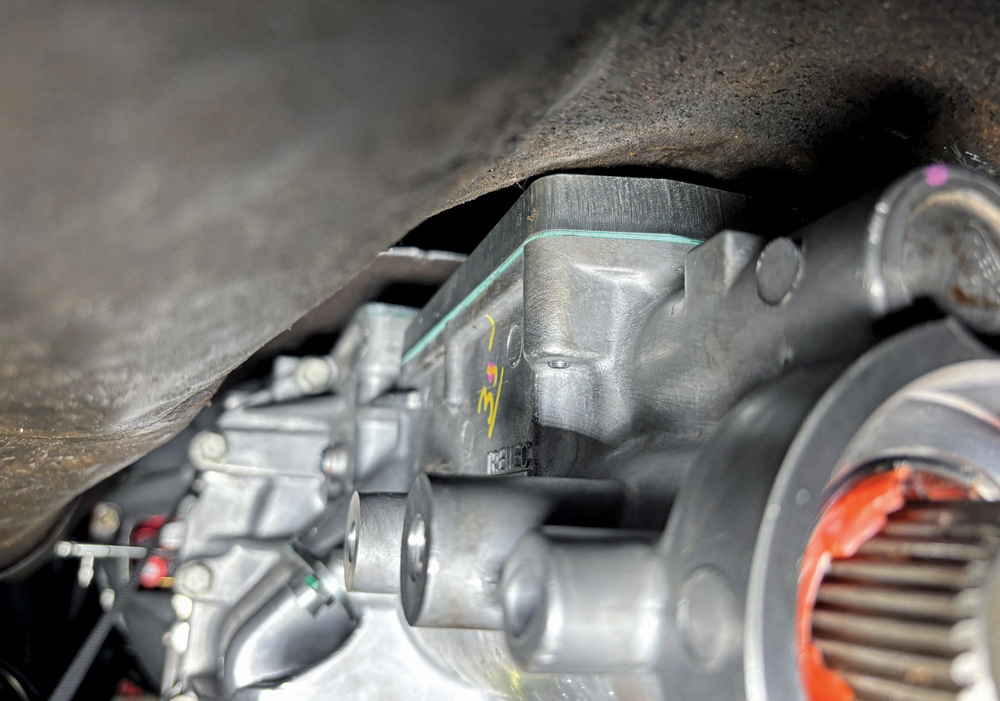

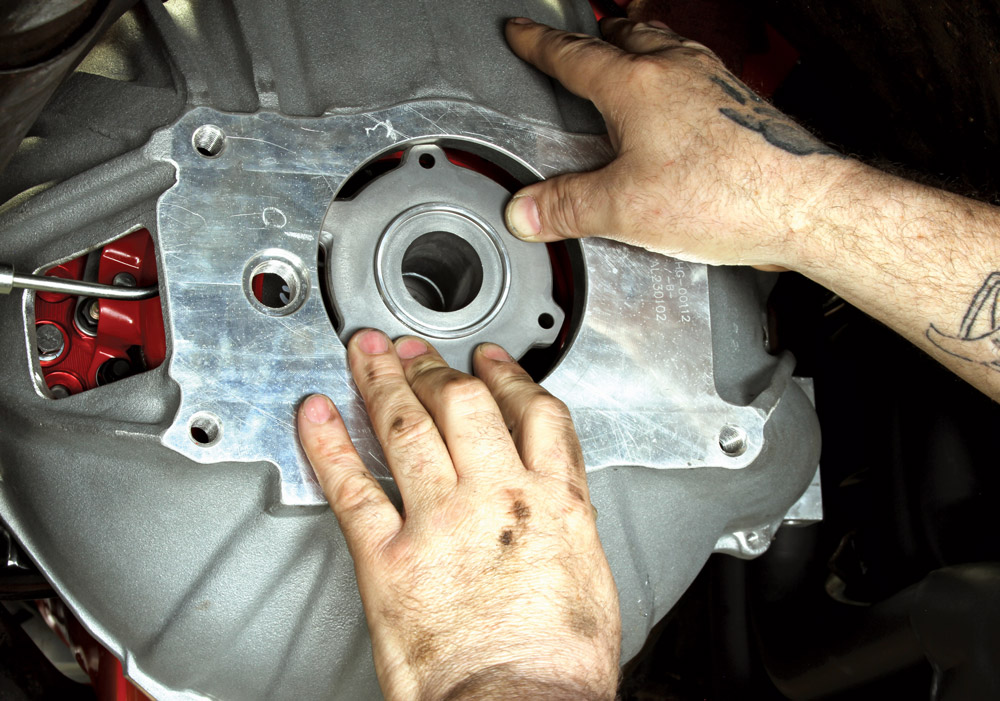
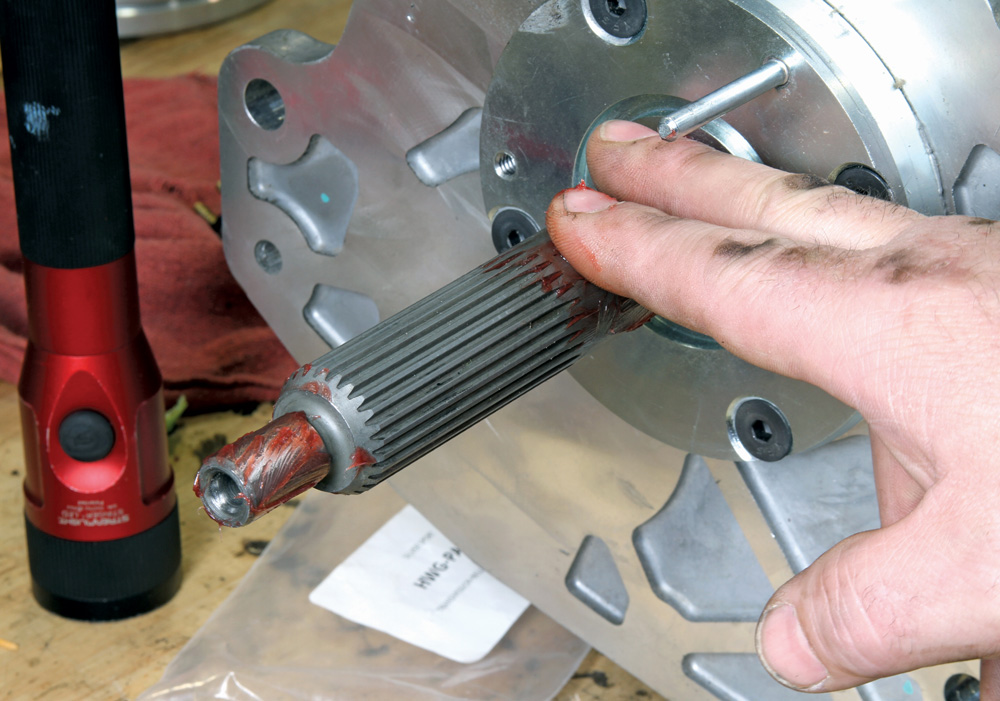
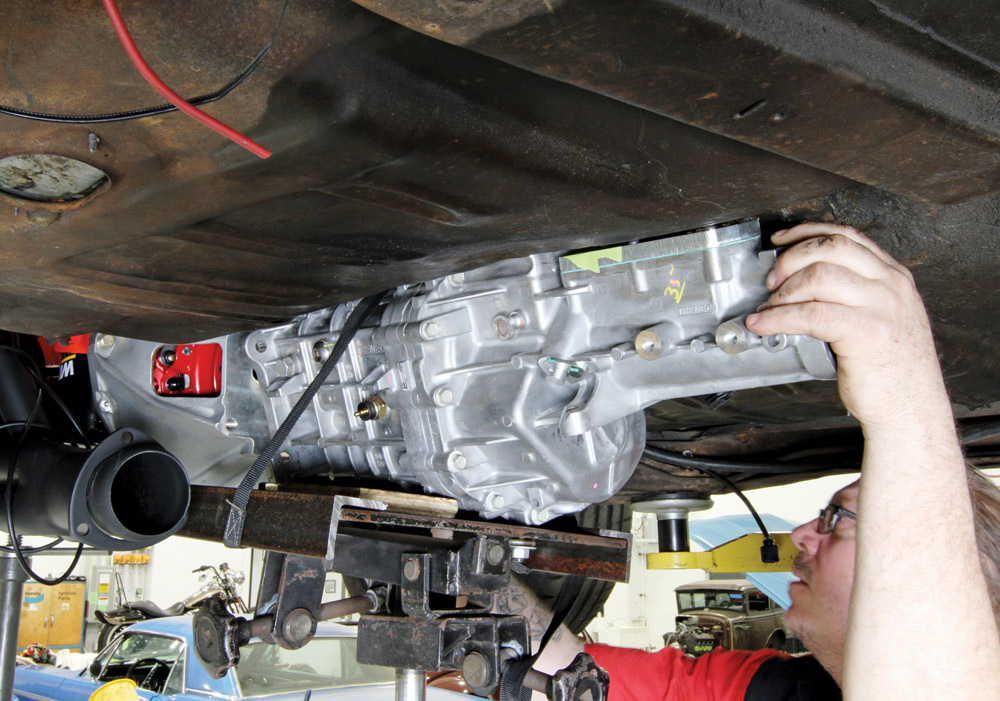
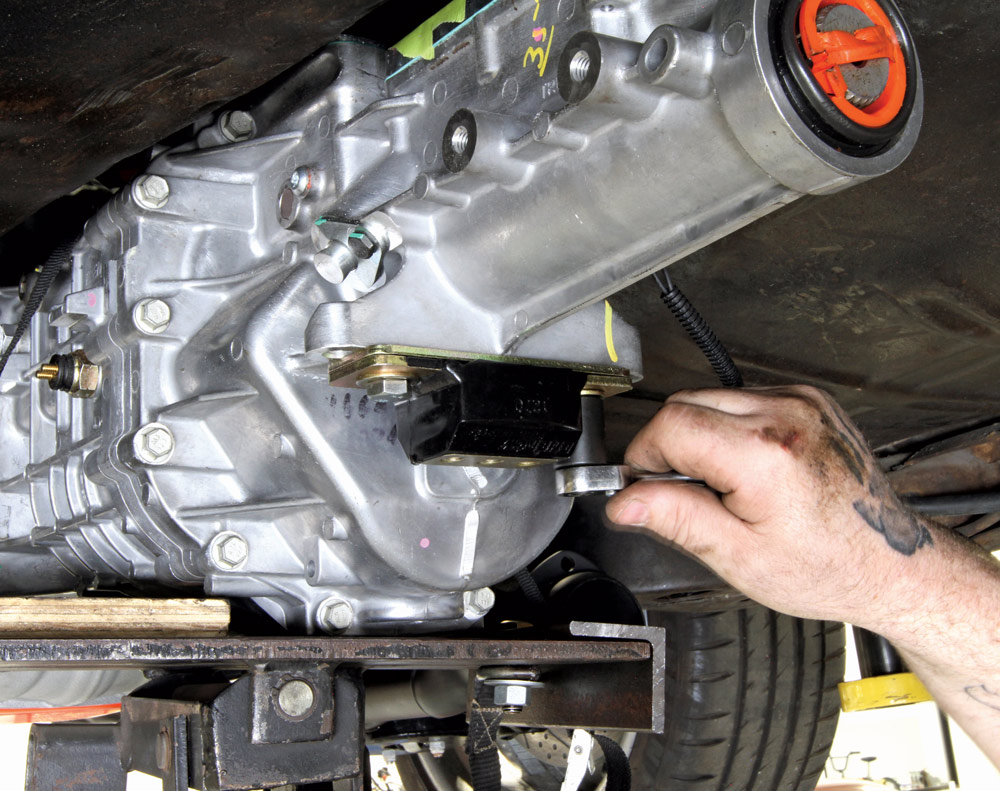
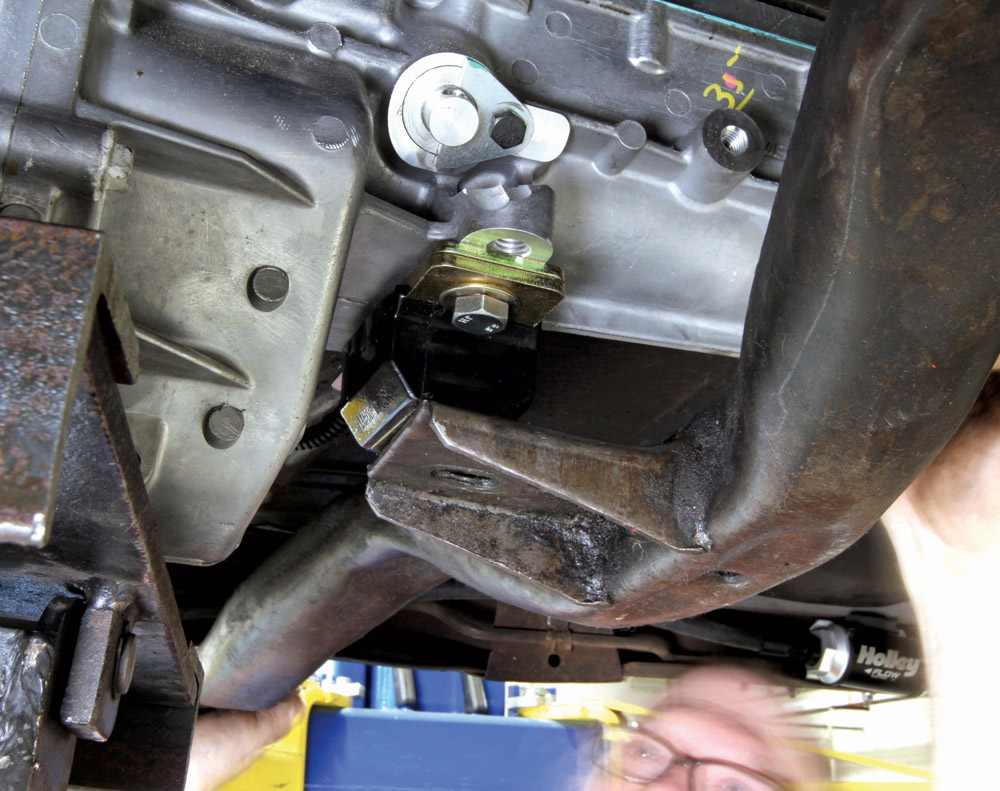
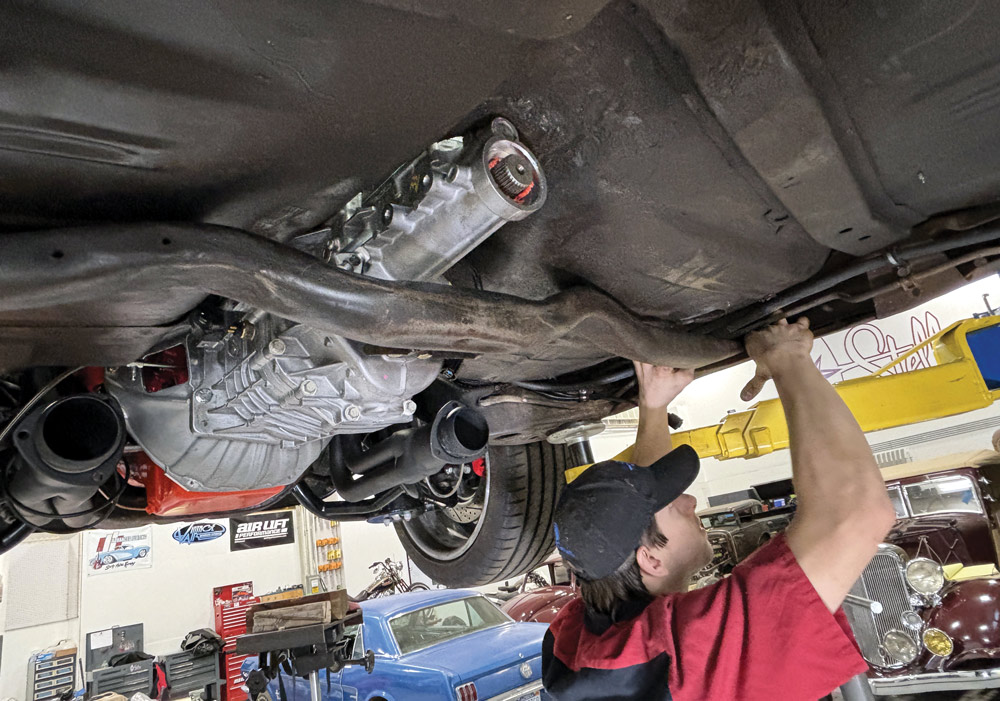


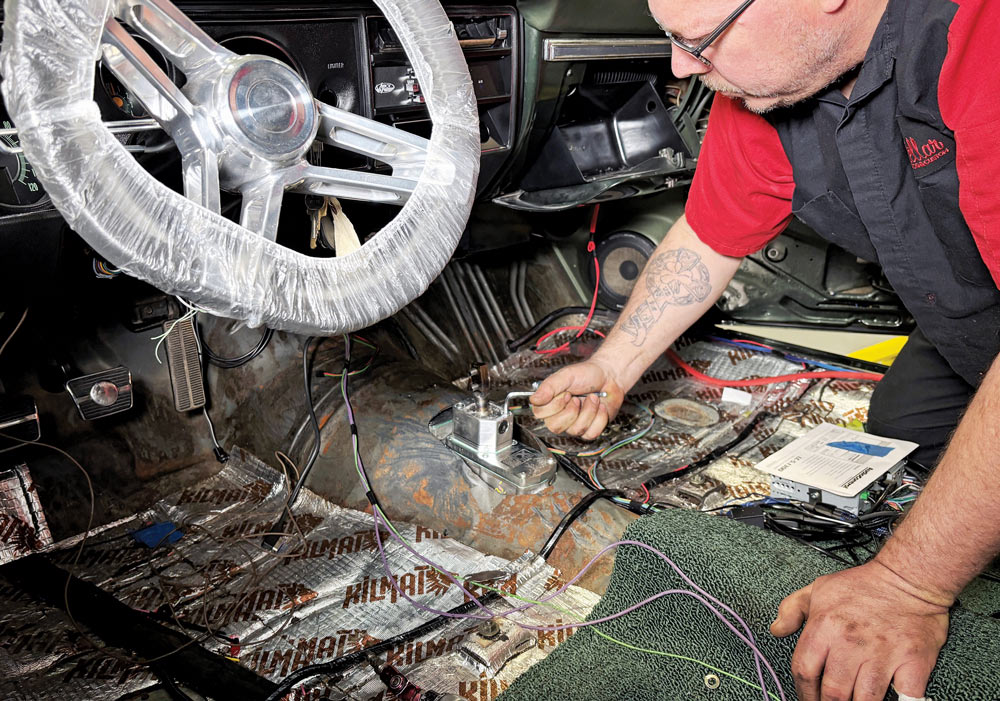
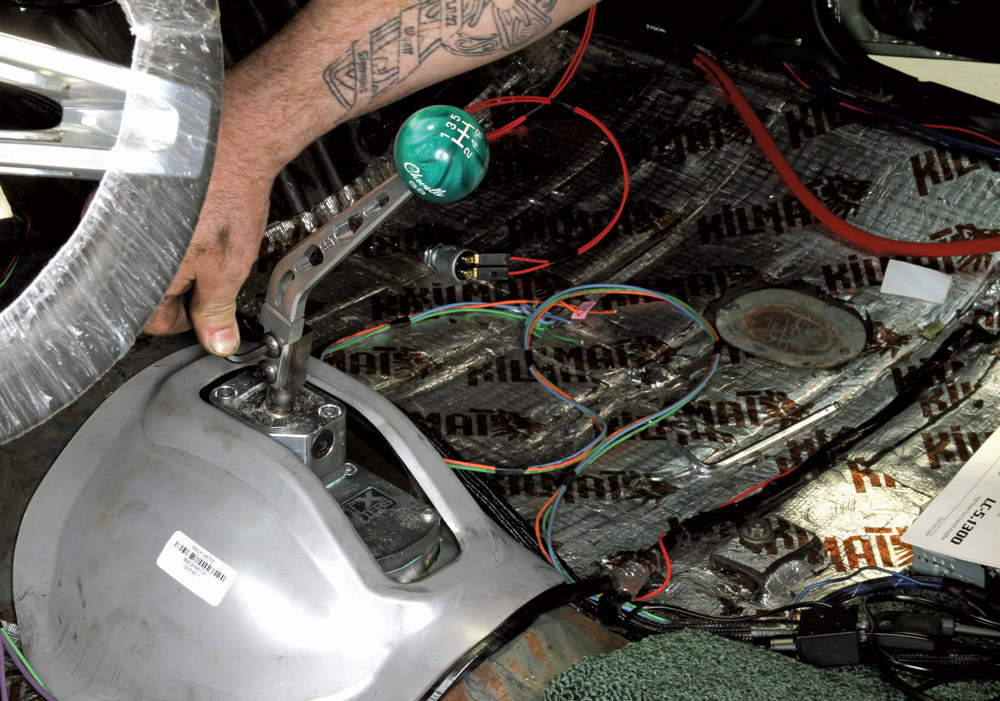
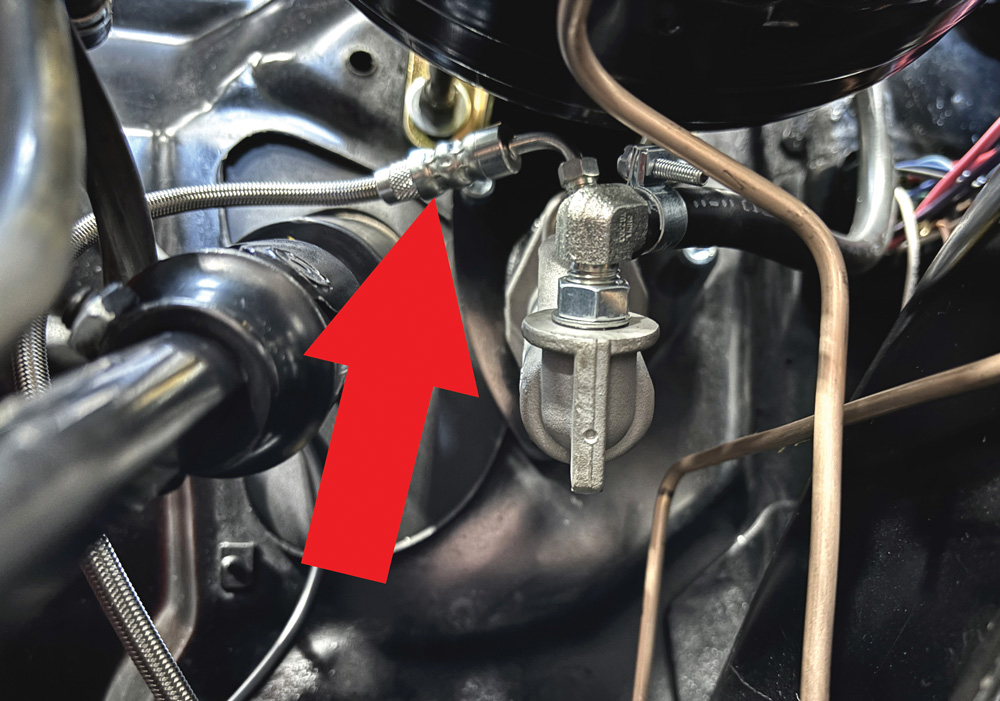

 SOURCES
SOURCES